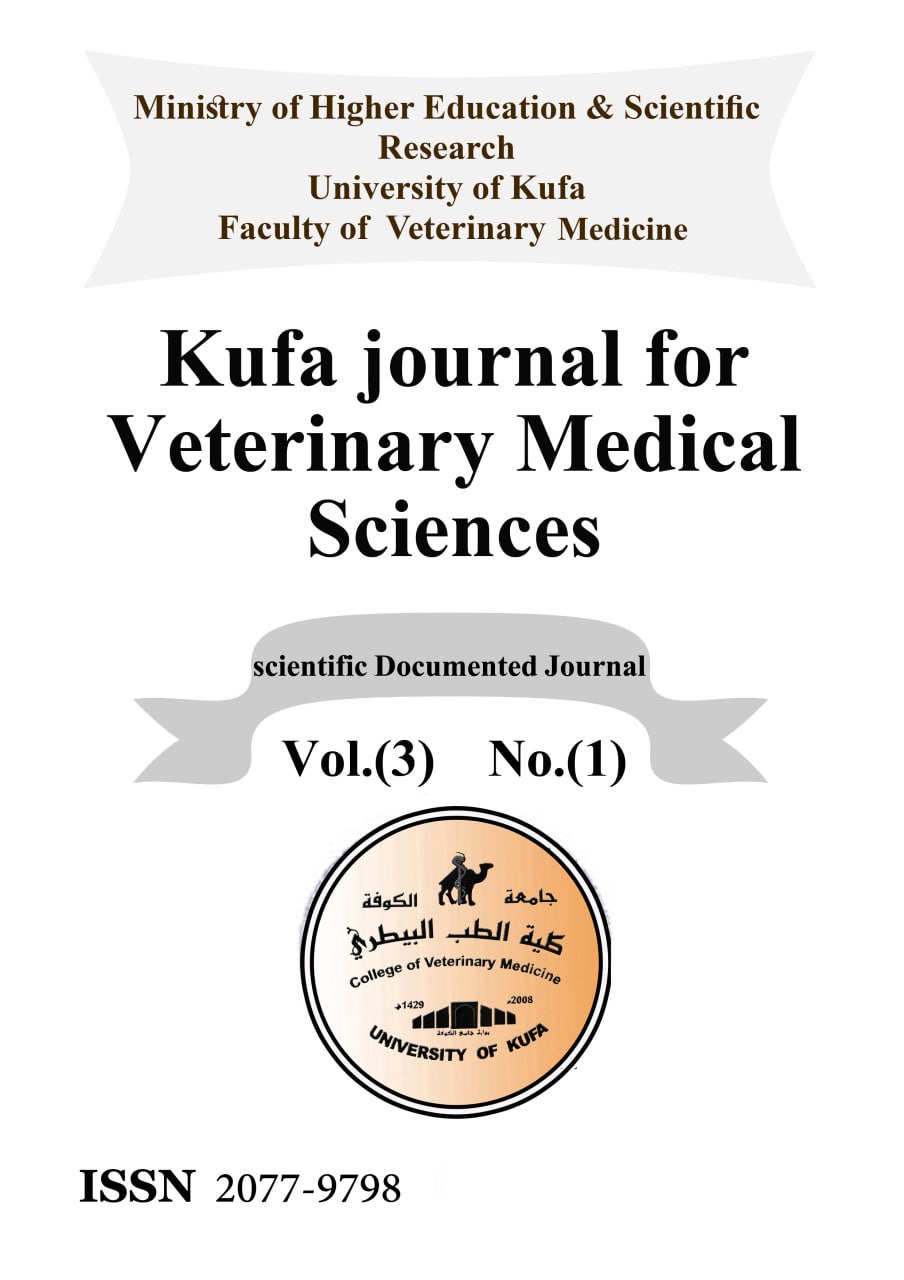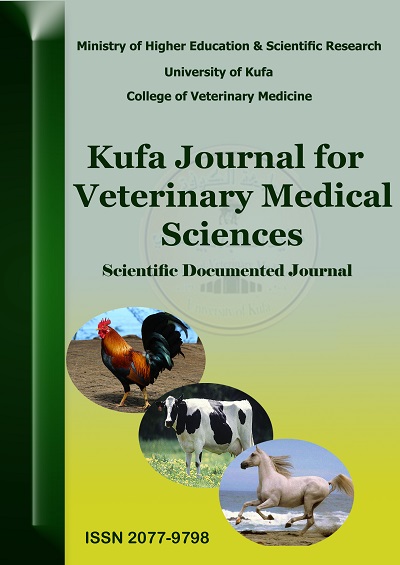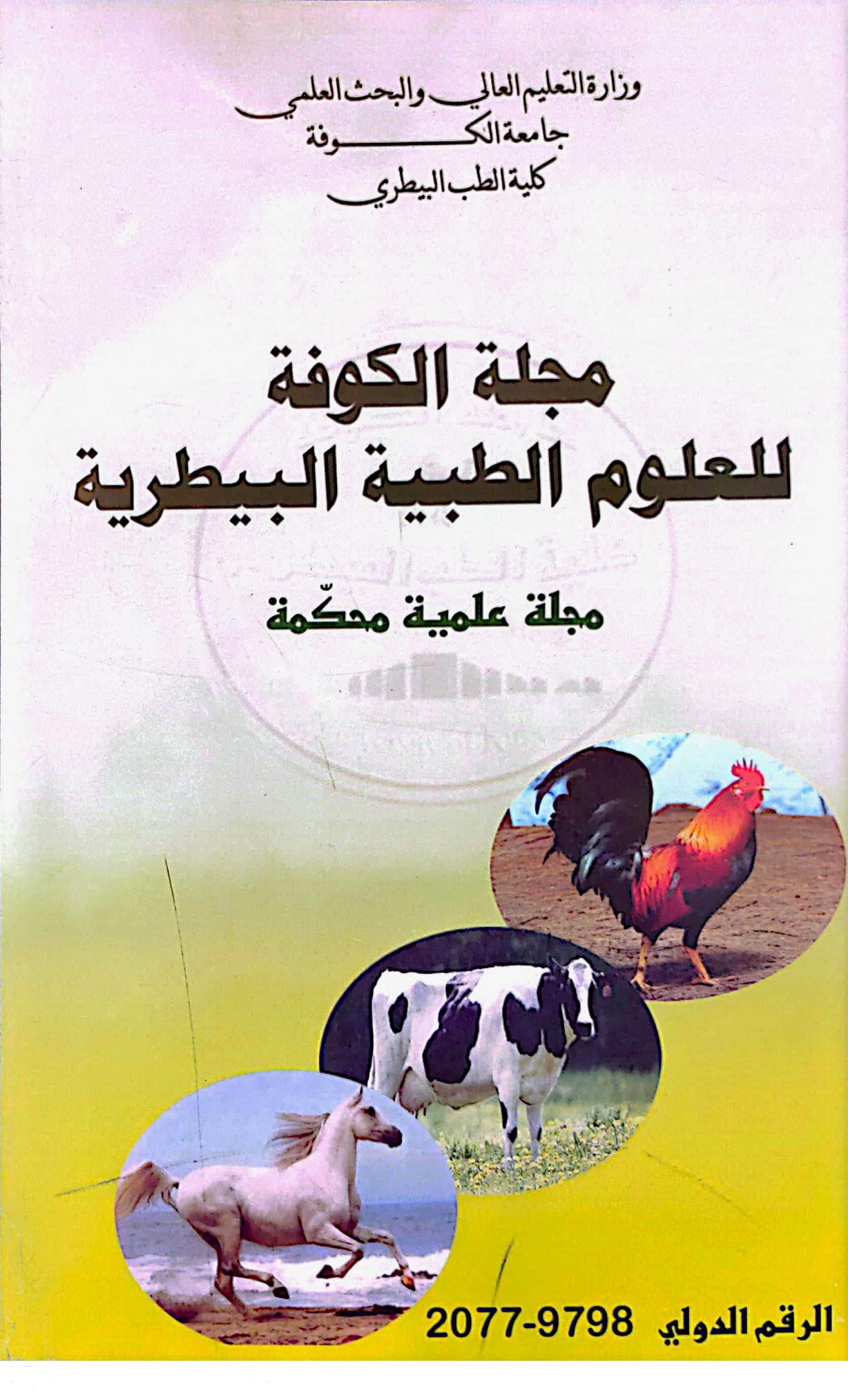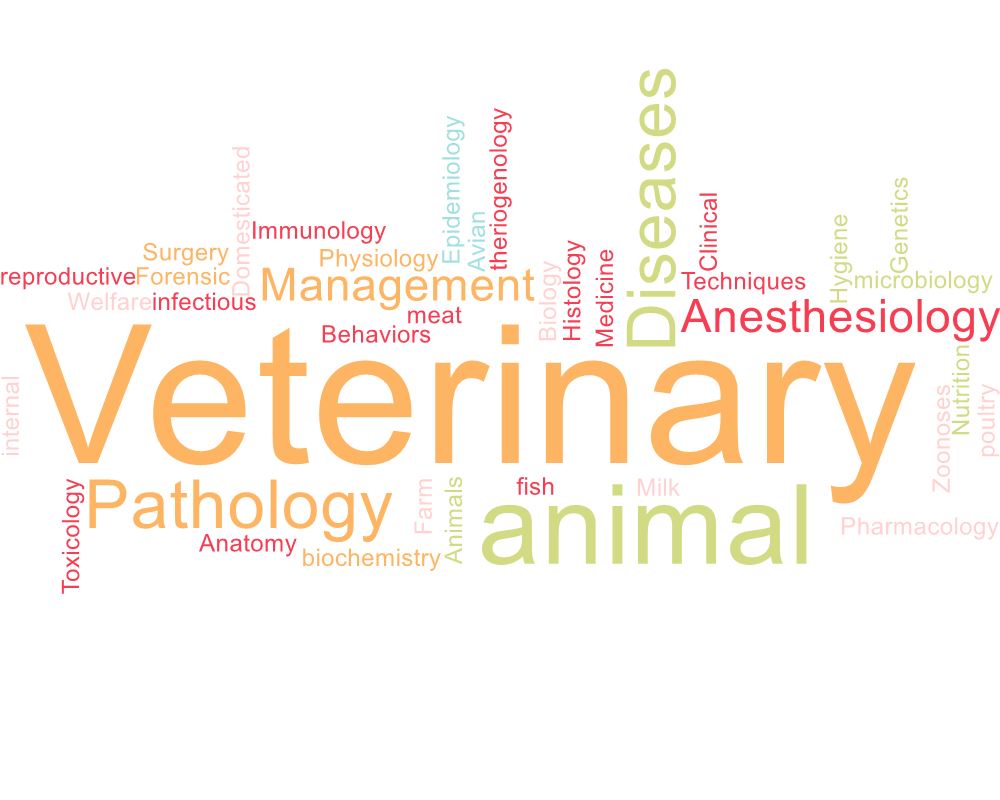Study the adverse role of histological and oxidative effects of ginger (Zingiberaceae) and cadmium chloride in liver tissue of rabbits
DOI:
https://doi.org/10.36326/kjvs/2012/v3i14067Keywords:
Animals, cadmium chloride, male rabbits, necrosisAbstract
In this study, was investigate the ability of Ginger to adversely histological and physiology effect of cadmium in the liver tissue of rabbit, Ginger is source of antioxidants was administered orally to prevent the adverse effects of cadmium (cd). Twenty four male rabbits were randomized into 3 groups (n = 8), were used for this study. Animals in group (1) served as the control and were drinking distilled water. Animals in groups (2) were drinking2% cadmium chloride. Group (3) animals were, in addition to drinking cadmium, treated with 250 mg/kg of ginger. All treatments were for 12 weeks.
The results showed that cadmium caused a significant (p<0.05) reduction in plasma superoxide dismutase and catalase activity, but a significant increase (p<0.05) in plasma malondialdehyde concentration with histological changes in liver cell such as necrosis, hemorrhage with aggregation of some toxic spot as (black spot),protein cast with epithelial cell in group 3 comparison with control and other group , using ginger cause to modified these harmful effects. These findings lead to the conclusion that ginger significantly decreased (p<0.05) the adverse toxic harmful effects of cadmium exposure on the liver as oxidative stress.
Downloads
Downloads
Published
How to Cite
Issue
Section
License
Copyright (c) 2023 H. A. Al-Ameer

This work is licensed under a Creative Commons Attribution 4.0 International License.













